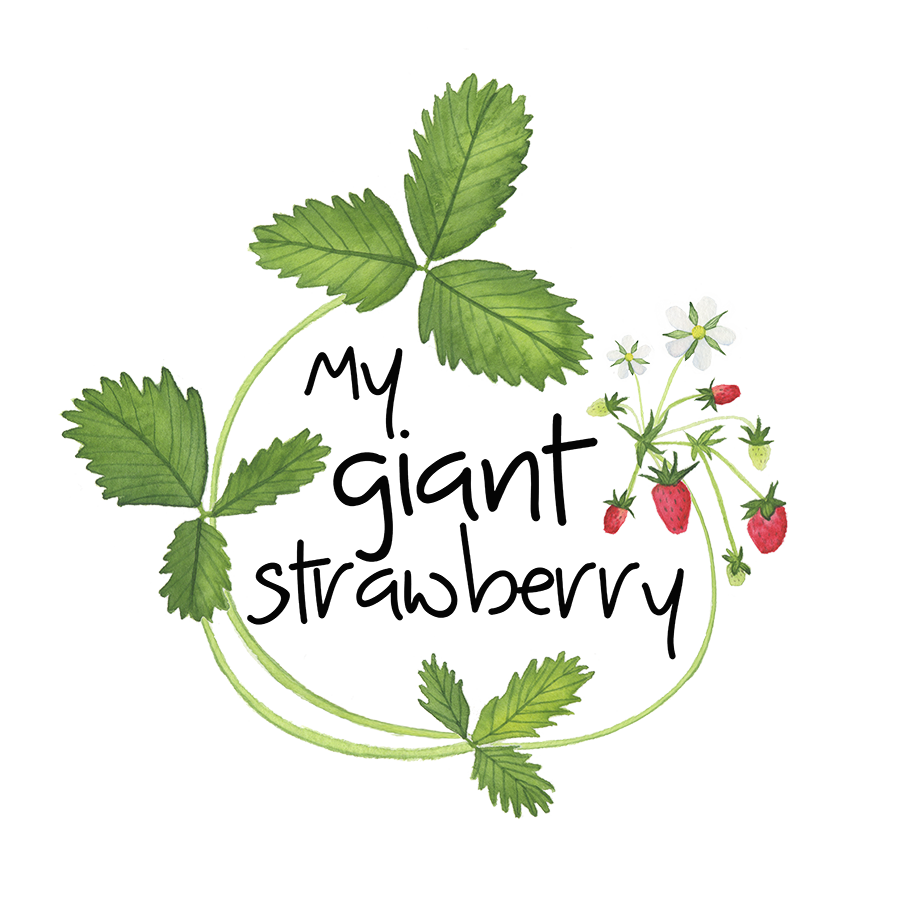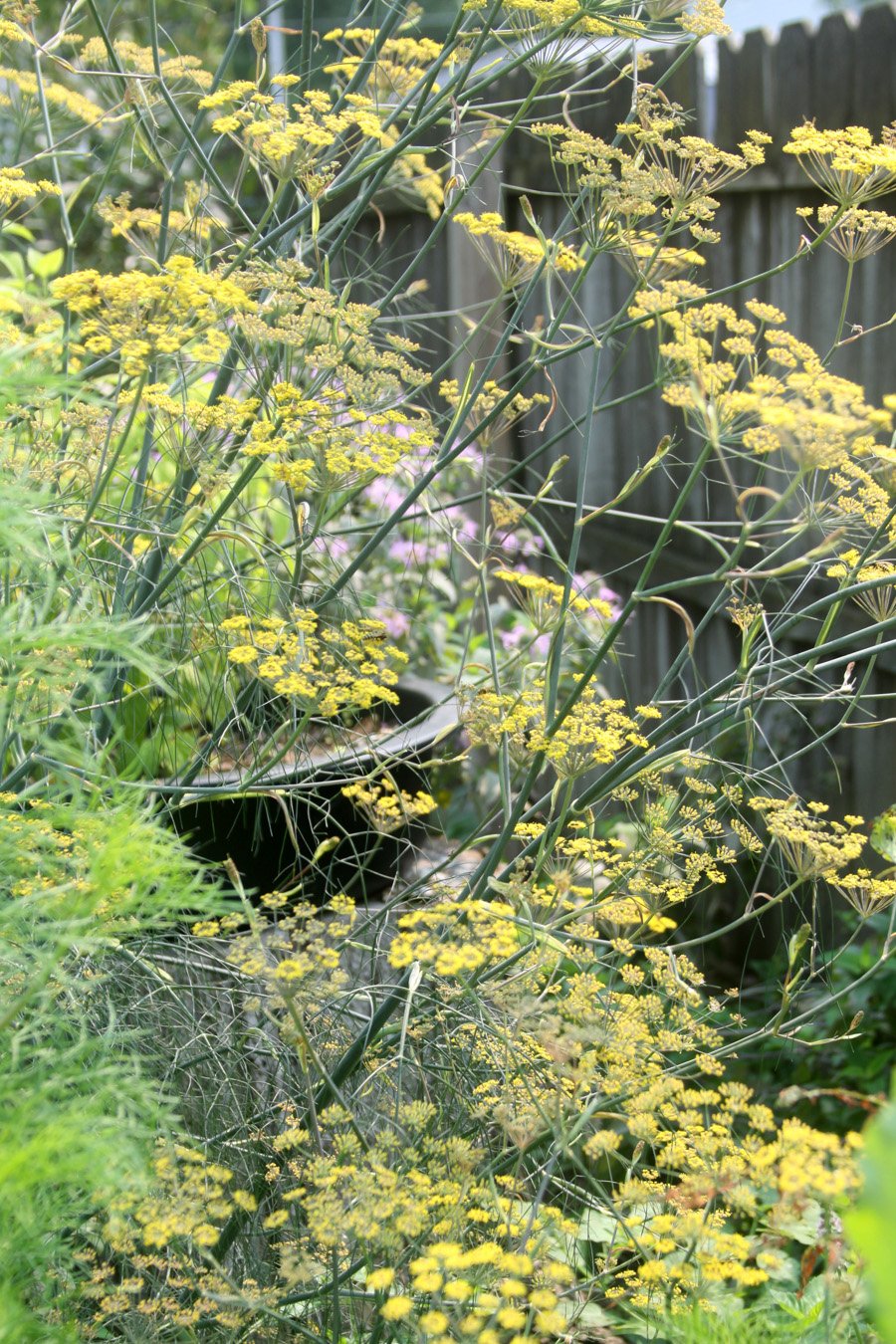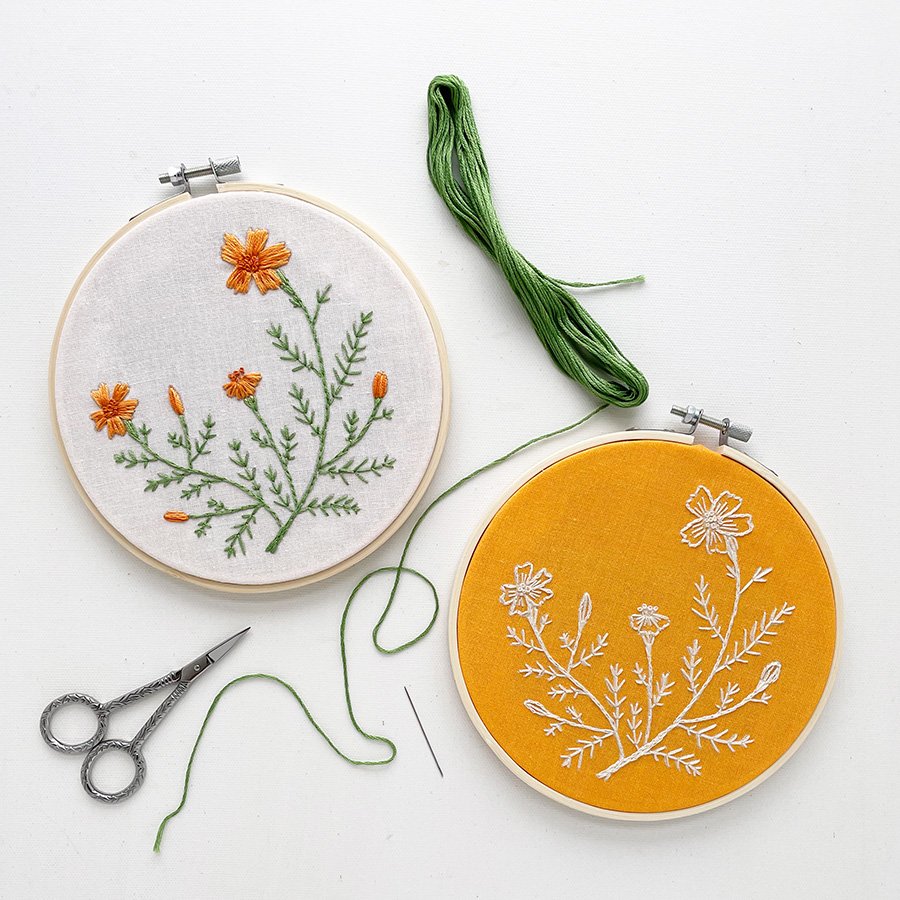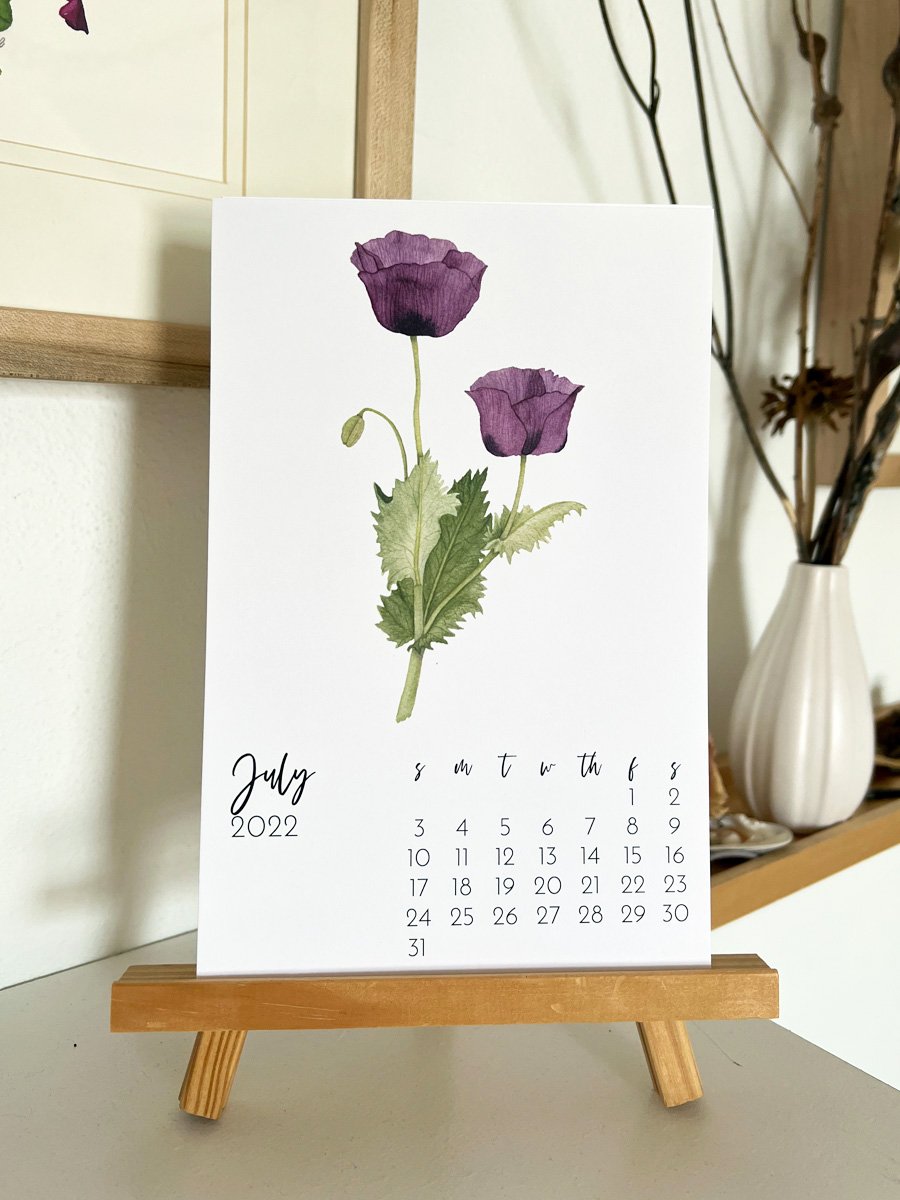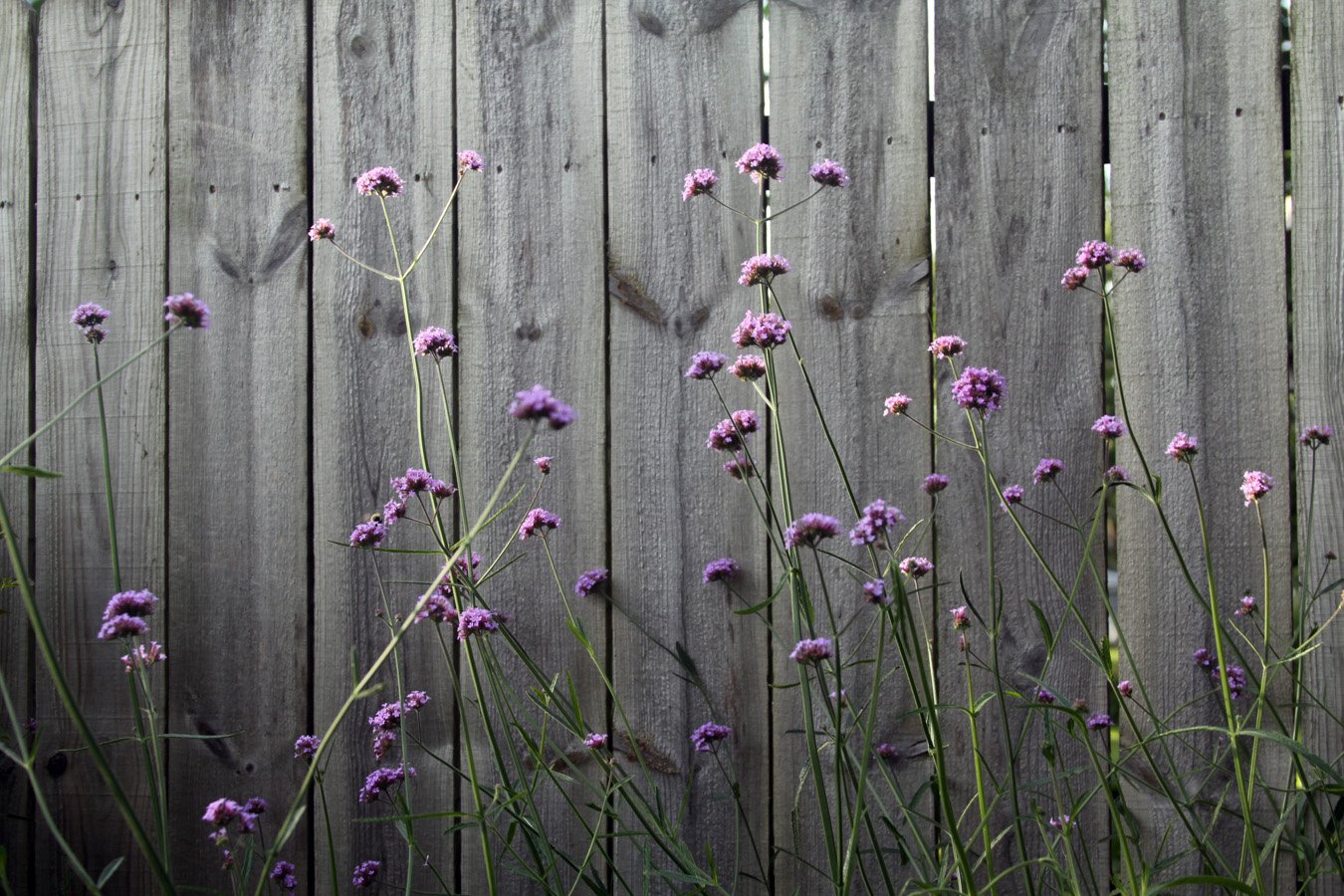My Favorite Self-Seeding Annuals For Effortless Beauty Each Year in the Garden
One of the things I love most about my garden and gardening is connecting with nature. I plant my garden and I tend it, but I’m not really in control.
Often when gardeners talk about this it’s in the negative. Weather. Diseases. Bugs. But there’s magic in the garden. Even at its most basic. A tiny seed becoming a towering plant. Flowers. Fruit. All the wildlife that appears, drawn into a garden’s safe haven. Drawn to those flowers and fruit. Every year I see creatures I’ve never seen before and I’m grateful for the ecology that’s developed in this space I tend. And my garden is the biggest inspiration for my art.
A few years ago when visiting Seed Saver’s Exchange in Decorah, Iowa, I was delighted by a sign in one of their gardens. It described the garden as having a mind of its own. I love the idea of a garden having a mind of its own. I love surprises in the garden, gifts from nature.
The simplest gifts are the plants that self-seed, annuals that, despite their name, I don’t have to plant each year. I haven’t planted borage in my garden since its first summer, yet it appears, year after year. The best kind of magic.
Here are some of my favorites. All of them are very easy to grow and will reliably volunteer in the garden year after year (if you’re a very tidy gardener, they may not self-seed in yours. It’s one of the reasons I don’t clean up in the fall). Also, although they’re prolific, none are annoying or weedy. And most are also happy to be transplanted from one spot to another, allowing you to reign in the chaos (if that’s your thing).
Amaranth
I bought Hopi Red Dye Amaranth at a Seed Saver’s Exchange plant sale years ago. Since then each spring I find bright red seedlings everywhere, but they’re easy to identify and easy to pull out (and you can eat what you pull out). This year I’m trying a couple of different varieties and am enjoying the drama they add to the garden (the plant in the top photo is Chinese Giant Orange).
Borage
Blue flowers seem extra special. Borage’s star-shaped flowers are edible and delicious. The bees love them, too.
borage sketch turned temporary tattoo from my Summer Sketchbook class
Bronze fennel
Unlike other varieties of fennel, bronze fennel does not form a bulb. The leaves, flowers and seeds have fennel’s distinctive licorice flavor and can be used in all sorts of dishes.
Calendula
Calendula is a skin-healing herb, perfect for infusing in oil to use in salves or lotions. The flowers are bright and cheerful and attractive to pollinators. They’re also edible.
Cilantro
Cilantro is an herb that people either love or hate. It’s often used in Mexican and Asian cooking (I love it in salsa and in Tom Yum soup). When it goes to seed it becomes another seasoning: coriander. If you want a continuous harvest and use lots of cilantro, be sure to plant more seeds throughout the growing season. For me, letting my plants go to seed is the best way to get an early spring harvest.
Dill
Have you noticed that a lot of my favorite self-seeding annuals are herbs? It’s probably because herbs are so easy to grow. They’re versatile for cooking and attractive to pollinators. For me, the best reason to grow (a lot of) dill is that it’s a host plant for Black Swallowtail Butterflies. Fennel, dill, parsley… I like using it in my food, but I love that they provide food for caterpillars. It’s why I grow so much of each.
Gem Marigolds
Marigolds are great companion plants in the garden. There may be a lack of consensus about what this means or if it’s scientifically valid, but I’ll keep planting them with my tomatoes even so. My favorite type of marigolds are the tiny “gem” varieties (maybe you remember me mentioning them?). The flowers and leaves are small and delicate and the plants are bushy. The flowers can be red, orange or yellow (all three have shown up again in my garden this year).
gem marigolds inspired my embroidery patterns
Purple poppies
The legend around Lauren’s Grape Poppies is that they came from seeds on a poppy seed bagel. A fun thought, even if it isn’t true. The flowers are beautiful and dramatic and so easy to grow. If you want control it’s probably best to pull most of your plants before the seed heads ripen and then harvest the seeds to sprinkle where you want next year’s plants (do it in fall or winter). You’ll also have more than enough seeds to share! Of all of these plants, poppies are the least happy being transplanted (but it is possible!).
purple poppies ended up in my 2022 desk calendar
Tulsi
Tulsi, also called holy basil, is a medicinal herb that makes wonderful tea. Unlike my other basils, I let tulsi flower. The flowers are not as beautiful or dramatic as the other plants on this list, but the bees love them. All of the plant is fragrant and just brushing against it in the garden makes me happy.
Verbena bonariensis
This verbena is a butterfly magnet. The flowers are a pretty purple and bloom on the ends of tall stalks. This is the one plant on my list that I haven’t been successful starting myself from seed. Both in my garden in Cleveland and my garden here in Wisconsin, I started with seedlings bought at garden centers. I’ve never had to buy (or plant) them after that.
Violas
If you’ve been reading this blog for a while, you know how much I love violas and pansies (see this post and this one). They’re one of my favorite flowers to paint and to grow. I can’t resist their charms and am always amazed by the diversity of colors and patterns that show up when the self-seeded plants bloom.
violas show up in many of my paintings like this purple viola
Like many of the flowers on this list, violas are edible. A pretty and unexpected addition to lots of foods.
Do you grow any of these plants? What are your favorite self-seeding annuals?
